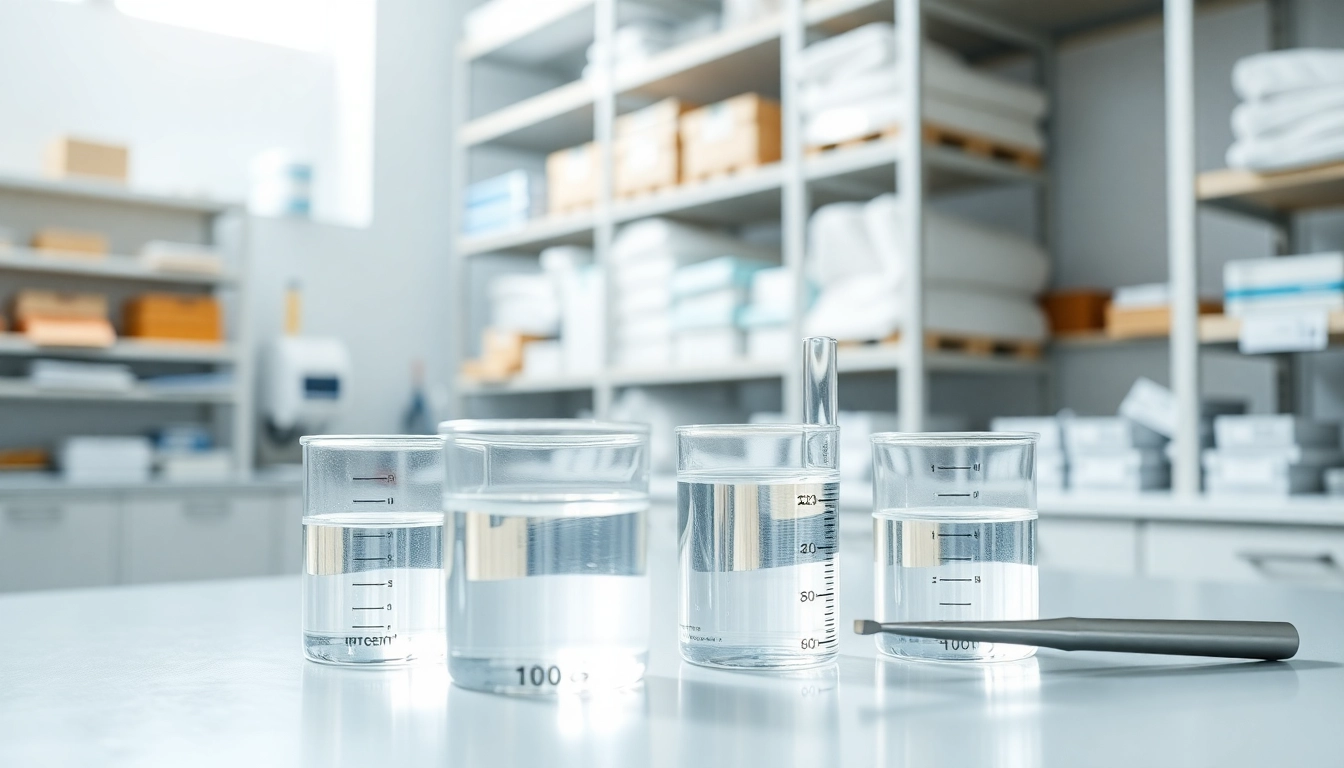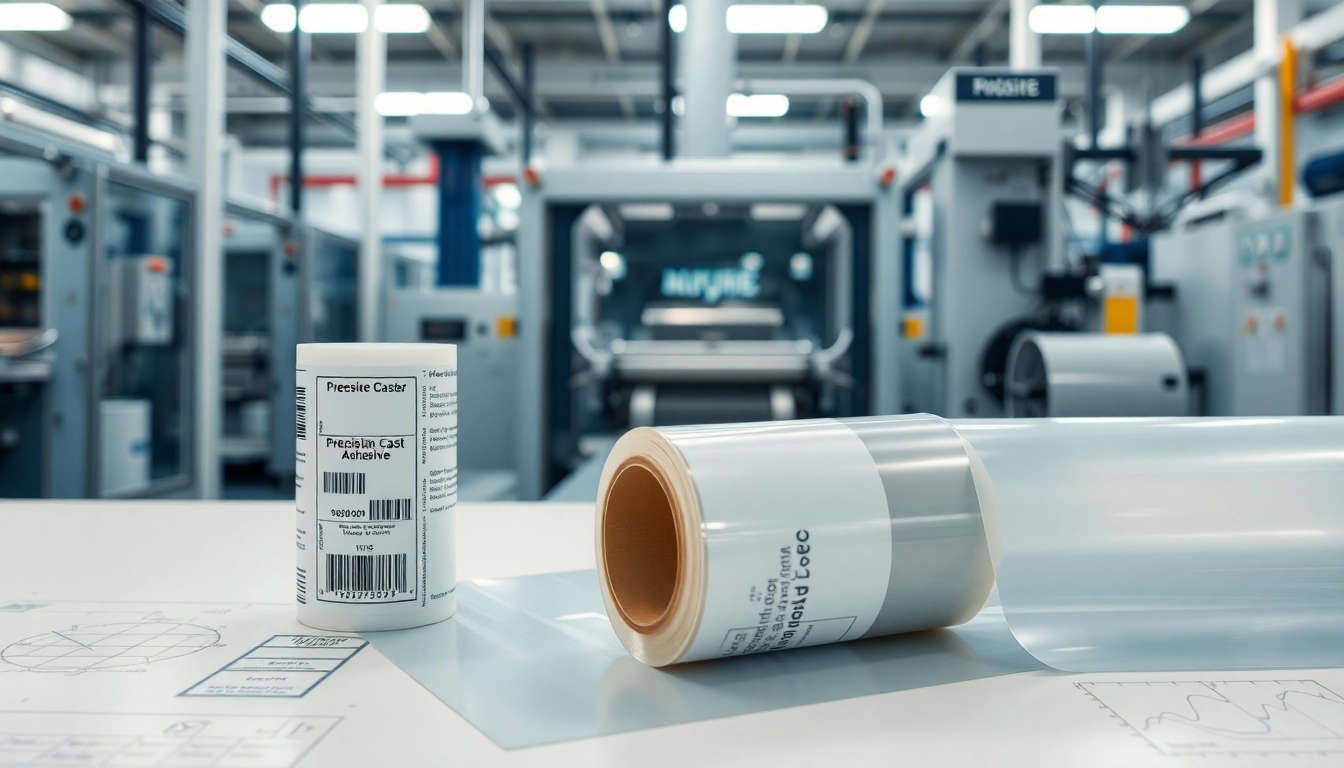Understanding Infusion Resins
What are Infusion Resins?
Infusion resins are specialized materials used in composite manufacturing processes that enable the creation of strong and lightweight structures. These low-viscosity resins are designed to flow easily through a reinforcement material, typically fibers like fiberglass or carbon fiber, allowing for optimal saturation without trapping air bubbles. In essence, infusion resins transform raw materials into high-performance composites, making them indispensable in industries ranging from aerospace to marine and automotive.
A critical element in the vacuum infusion process, infusion resins usually exhibit properties such as low viscosity, high adhesion, and excellent mechanical strength. Their formulation often includes epoxy systems, polyurethane, or polyester, tailored for specific operational requirements. Understanding the chemistry and behavior of these resins is crucial for maximizing their performance in complex manufacturing environments.
Key Properties of Infusion Resins
The efficacy of infusion resins lies in their distinctive properties, which significantly enhance the performance of composite structures. Key attributes include:
- Low Viscosity: Allows for easy flow through complex molds, ensuring uniform saturation of reinforcement materials.
- High Strength and Durability: Once cured, infusion resins provide outstanding mechanical properties, making them ideal for demanding applications.
- Transparent or Clear Options: Some infusion resins are formulated to be transparent, which is crucial for aesthetic applications.
- Controlled Gel Time: The working time and curing process can be managed precisely, enabling efficient production cycles.
Common Applications for Infusion Resins
Infusion resins are utilized across various sectors due to their superior performance characteristics. Common applications include:
- Aerospace: Used for creating lightweight, high-strength parts necessary for the safety and efficiency of aircraft.
- Marine: Integral in manufacturing hulls, decks, and components that require resistance to harsh environmental conditions.
- Automotive: Contributes to lightweight structures that enhance fuel efficiency without compromising safety.
- Sporting Goods: High-performance bicycles, surfboards, and other equipment benefit from the strength and lightweight nature of composites made with infusion resins.
The Infusion Process Explained
Step-by-Step Guide to Resin Infusion
The resin infusion process is a multi-step method that ensures the optimal application of infusion resins. Here is a step-by-step guide:
- Preparation of the Mold: Clean the mold thoroughly and apply a release agent to prevent adhesion.
- Placement of Reinforcement Material: Arrange the fibers in the mold according to the desired layup schedule for strength and performance.
- Bagging: Seal the mold with vacuum bagging film, ensuring there are no leaks that might compromise the vacuum pressure.
- Creating a Vacuum: Use a vacuum pump to evacuate air from the bag, creating a vacuum that prepares the system for resin infusion.
- Resin Mixing: Combine the infusion resin with the appropriate hardener according to manufacturer specifications.
- Infusion: Introduce the resin into the mold using a controlled method, ensuring even distribution and complete wetting of the fibers.
- Curing: Allow the resin to cure fully, adhering to the time and temperature specifications of the resin system.
Tools and Materials Needed for Infusion
To successfully execute the infusion process, certain tools and materials are essential:
- Mold: This can be made from various materials, depending on the application.
- Reinforcement Fabrics: Common fabrics include fiberglass, carbon fiber, or aramid, designed for high strength.
- Vacuum Pump: A reliable vacuum pump is crucial for creating the necessary vacuum in the bag.
- Resin Infusion System: This includes the resin, hardener, and any additives specified in the application.
- Sealant Tape: Used for securing the bag and ensuring an airtight seal.
- Mixing Containers: Proper containers for mixing resin and hardener to ensure an accurate blend.
- Spreader Tools: Tools that help distribute the resin evenly across the surface of the fabric.
Common Challenges in the Infusion Process
While the resin infusion process is efficient, several challenges may arise during manufacturing:
- Air Entrapment: If not managed properly, air may be trapped in the resin, compromising the integrity of the composite. To mitigate this, ensure complete vacuum sealing and use degassing techniques.
- Inconsistent Resin Flow: Uneven flow can result in dry spots in the fabric. Using proper flow channels and venting can alleviate this issue.
- Curing Issues: Improper mixing or temperature can affect the curing of the resin. Follow the manufacturer’s instructions carefully.
- Material Waste: Efficient resource management is crucial to minimize waste of materials and resin. Pre-planning and precise measurement can help.
Best Practices for Using Infusion Resins
Preparing Your Workspace
Creating an efficient workspace is critical for minimizing contamination and ensuring smooth workflow. Here are actionable steps:
- Clean Environment: Begin with a spotless workspace, free from dust and debris.
- Proper Ventilation: Ensure the area is well-ventilated to safeguard against fumes from resins and hardeners.
- Organized Tools: Keep all tools and materials within reach, organized according to the steps you’ll be taking.
- Safety First: Use appropriate personal protective equipment (PPE), including gloves and masks, to ensure safety during the process.
Mixing Techniques for Optimal Results
Mixing infusion resins accurately is pivotal. To achieve the best results, consider the following:
- Follow Ratios: Always adhere to the mixing ratios provided by the resin manufacturer.
- Mixing Speed: Use a mechanical mixer where possible to ensure a homogeneous mix without air entrapment.
- Temperature Control: Ensure the resin and hardener are at the recommended temperature before mixing to avoid complications during curing.
- Degassing: Allow the mixture to sit or use a vacuum chamber to remove air bubbles from the resin.
Controlling Flow and Viscosity
Controlling the flow and viscosity of infusion resins is essential for efficient application. Here are ways to do so:
- Pre-warming: Some resins can be pre-warmed to lower viscosity and facilitate better flow into fabrics.
- Additives: Use flow additives as recommended to enhance resin flow properties in particular applications.
- Adjusting Pressure: Control vacuum levels to influence resin flow in the mold, ensuring complete saturation.
Advantages of Using Infusion Resins
Durability and Strength in Composites
One of the most significant benefits of using infusion resins is the durability and strength they impart to composite materials. The unique molecular structure of infused resins results in:
- Exceptional Mechanical Properties: Infusion resins provide high tensile strength and resistance to environmental factors.
- Impact Resistance: Composites made with these resins can withstand significant impact, making them ideal for high-performance applications.
Environmental Benefits of Infusion Resins
Modern industry increasingly prioritizes sustainability, and infusion resins can align with these goals through:
- Reduced Waste: The infusion process generates less waste compared to traditional methods, leading to a lower environmental footprint.
- Bio-Based Options: Recent advancements have led to the development of bio-based infusion resins, derived from renewable resources, enhancing sustainability.
Cost-Effectiveness in Manufacturing
In addition to performance advantages, infusion resins can offer significant cost savings:
- Efficiency: The infusion process often requires less material than traditional methods, translating to lower costs per part.
- Labor Savings: With advancements in techniques and equipment, the infusion process can reduce labor time, decreasing overall manufacturing costs.
Future Trends in Infusion Resins Technology
Advancements in Bio-Based Infusion Resins
The demand for sustainable materials is driving innovation in the development of bio-based infusion resins. This movement aims to replace conventional petroleum-derived resins with alternatives sourced from renewable materials:
- Improved Properties: Research is focused on enhancing the physical properties of bio-based resins to meet or exceed those of traditional options.
- Sustainability: The production of bio-based resins contributes to reducing carbon footprints and promoting eco-friendly practices in manufacturing.
Innovative Techniques in Composite Engineering
As composite engineering evolves, several innovative techniques are emerging, aimed at enhancing the efficiency and performance of infusion resins:
- Automated Processes: The increasing use of automation and robotics in the infusion process aims to reduce labor costs and improve precision.
- 3D Printing: Integration of 3D printing with infusion techniques could lead to more complex geometries and structures being manufactured efficiently.
Predictions for Market Growth and Demand
The market for infusion resins is expected to see significant growth, driven by factors such as:
- Rising Demand in Aerospace and Automotive: The push for lighter and stronger materials will increase the demand for high-performance infusion resins.
- Advancements in Material Technology: Continuous research and development efforts are likely to lead to enhanced resin systems that meet the evolving needs of various industries.


